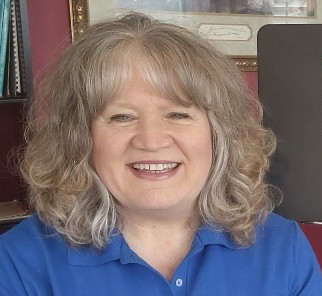HOW to Practice a Song on the Piano
First Step
The student should begin each practice with exercises and warm-ups. Doing this helps to get their mind and fingers ready. For a new piece, let your student play it from beginning to end, mistakes and all, to get acquainted with the song.
Spot Practice on the Piano
After playing through the song, it’s time to spot practice the more challenging parts. It may be a few notes, a measure, or an entire line.
1. Play notes without rhythm
If the notes are the problem, play them without rhythm or steady beat. The student can start with hands separate, especially the hand that may give them the most trouble. If the notes jump around, have the student play them without looking to “feel” the notes’ distance.
2. Play rhythm without notes
If the rhythm is challenging, have the student play the rhythm on one note and count out loud. This way of playing is what I call a rhythm drill. The student can start with hands separate and then both hands to learn how the rhythm lines up.
3. Alignment Practice
If the student plays hands separately well but can’t play them together, I suggest alignment practice. Have the student play the notes with both hands VERY slowly, with no rhythm or steady beat. Notice where the notes line up in each hand and how it feels to play them together. When the student can play the notes together, play with the rhythm at a very slow tempo. And finally, increase the tempo incrementally until it’s at the desired tempo.
4. Repeat section immediately until learned.
When the student plays the troubled spot correctly, have them immediately repeat it until it’s solid. The sooner the student repeats the area when it’s still fresh in their mind, the better the retention. Once it’s learned, have the student practice a measure before and after several times to ensure it’s smooth going into and out of the troubled area. The gauge to having learned the troubled areas is how they play it cold at the next practice. If the student makes the same mistakes, they will need to repeat the spot practicing steps.
5. Record the student
It may be difficult for the student to listen to themselves while playing, so recording the piece is an excellent way to critique it. Listening to the recording is much different from listening while playing. The student may want to circle the parts they may still need work on and then go back to spot practicing those areas.
Now Play the Entire Piece
Once the student has untangled the challenging areas, they can now play the song from beginning to end. When the student has played the notes and rhythm correctly, this is an excellent time to focus on dynamics and phrasing.
6. Final Practice on the Piano
The last step to finalizing a piece is to play it without stopping. If the student is unable to, they may need to go back to spot practicing certain areas. If the student will be performing the piece, a week or so before performing, have them play the piece without stopping, even playing through errors. Being able to play it all the way through without stopping will give the student confidence when performing.
I hope this tip helps you to be the best music teacher ever!

